Why is Baking Soda and Lemon Juice Good at Removing Stains?
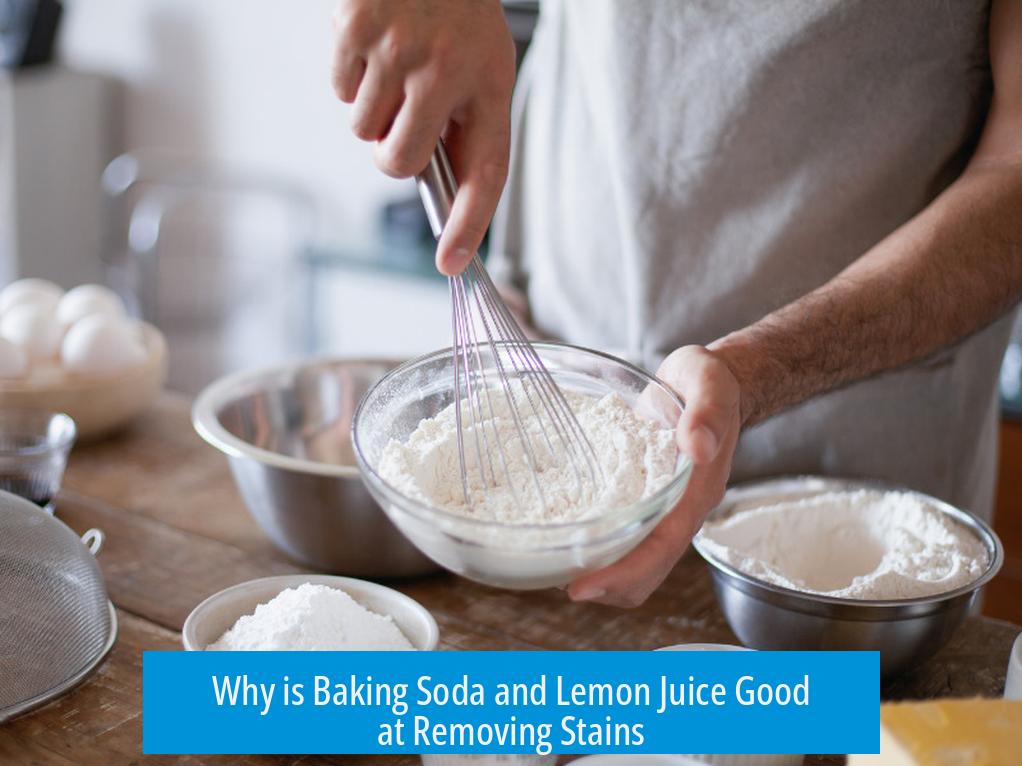
Baking soda and lemon juice work well together to remove stains due to a chemical reaction that produces gas, which helps lift and break down stain particles, while their individual properties neutralize and lighten stain components.
Chemical Interaction and Reaction
Baking soda, a mild alkali, neutralizes acidic parts of stains such as those from blood. Lemon juice, which contains citric acid, can help lighten stain colors. When combined, they react to release carbon dioxide gas. This bubbling action loosens stains from fabric fibers.
Mechanism of Stain Removal
The gas produced from the baking soda and lemon juice mixture creates a mechanical effect. It flakes coagulated blood or other stained particles off the fabric surface. This bubbling helps fracture bonds holding the stain, making it easier to wash out.
Effectiveness Compared to Other Methods
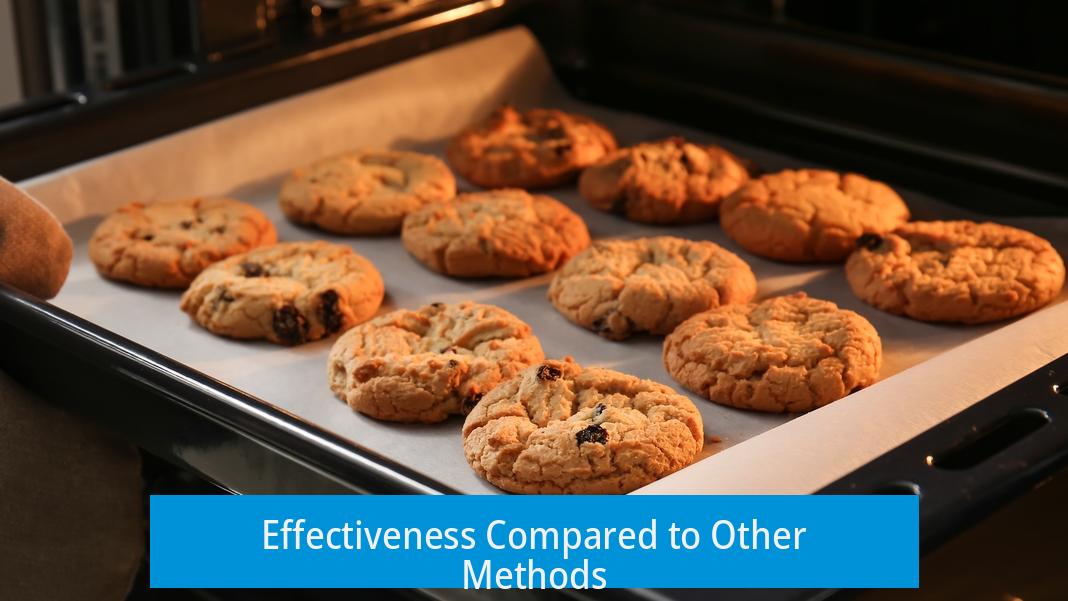
- Compared to sparkling water, baking soda and lemon juice do not perform significantly better in stain removal.
- The foaming reaction is visually appealing, leading to the perception that it is more effective.
- Both substances are safe, non-toxic, and commonly available, which makes them popular for home stain treatments.
Additional Recommendations for Stubborn Stains
After treating stains with baking soda and lemon juice, hydrogen peroxide can be applied. It chemically alters stain pigments, rendering them colorless. This step can be especially useful for persistent blood stains.
Summary of Key Points
- The reaction between baking soda and lemon juice produces carbon dioxide gas that mechanically loosens stains.
- Baking soda neutralizes acidic stain elements; lemon juice lightens stain color.
- The visual foaming effect enhances user perception of effectiveness.
- Performance is similar to other mild treatments like sparkling water.
- Hydrogen peroxide can be used after to fully remove stain coloration.
Why is baking soda and lemon juice good at removing stains?
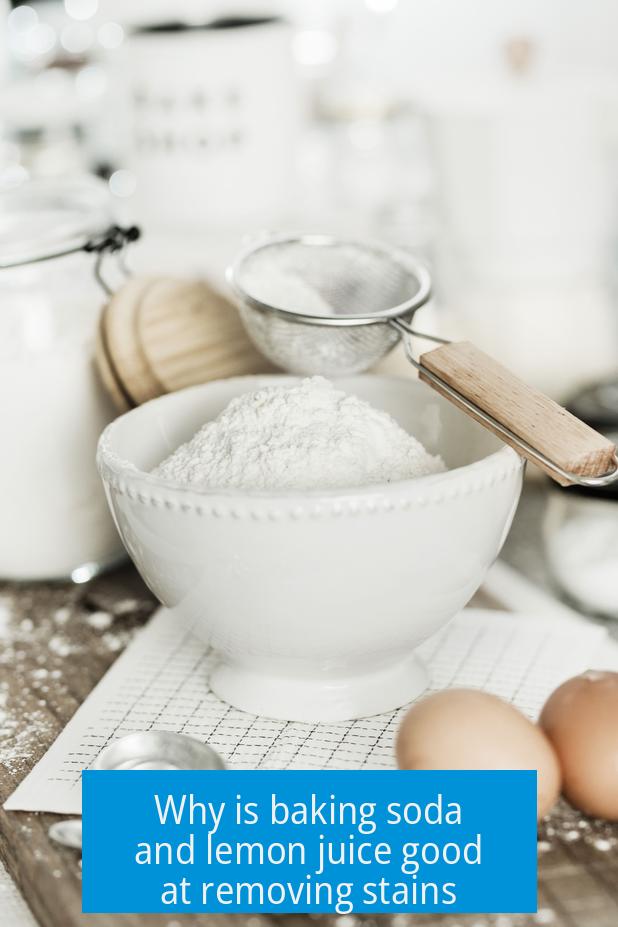
Simply put, baking soda and lemon juice work well on stains because they create a chemical reaction that physically loosens the stain, neutralizes acids, and lightens discoloration. This dynamic duo makes tackling tough stains like blood surprisingly effective and safe. But why does this classic combination deserve a top spot in your cleaning arsenal? Let’s dive into the science and everyday magic behind their stain-fighting prowess.
When a stain decides to crash your day, especially blood stains, the chemistry between baking soda and lemon juice kicks into gear. Blessed with natural yet powerful properties, these two ingredients come together in a lively foam party that your stubborn stains won’t enjoy.
The Secret Chemistry Behind Stain Removal
First off, baking soda (a mild base) and lemon juice (a natural acid) are chemical opposites. When they collide, they neutralize some of the acidic parts of the stain, especially those from blood. Blood stains tend to be acidic, and baking soda, being alkaline, balances this out more than just masking the problem.
But here’s where the magic gets literal—this combo creates a fizzy reaction that releases carbon dioxide gas bubbles. Imagine tiny bubbles fizzing on a soda can’s surface, but much smaller and working to pry the stain loose. These bubbles produce mechanical action by flaking coagulated blood particles from fabric fibers, making the stain easier to wash out. It’s not fairy dust, just good old mechanical lifting.
Does This Beat Other Stain Removers?
While the reaction seems impressive (and it is, visually), according to some tests, this duo might not outperform simple sparkling water in removing stains. That’s right—sometimes the fizzy factor in soda water can do a similar job. So why the obsession with baking soda and lemon juice?
Because people love a little drama in cleaning! The foaming, bubbling reaction feels like action packed science happening right in your sink or laundry basket. And, best of all, both ingredients are food-grade, safe, and widely available, giving natural stain-fighting a green thumbs-up compared to harsher chemical cleaners.
How Exactly Does the Gas Help?
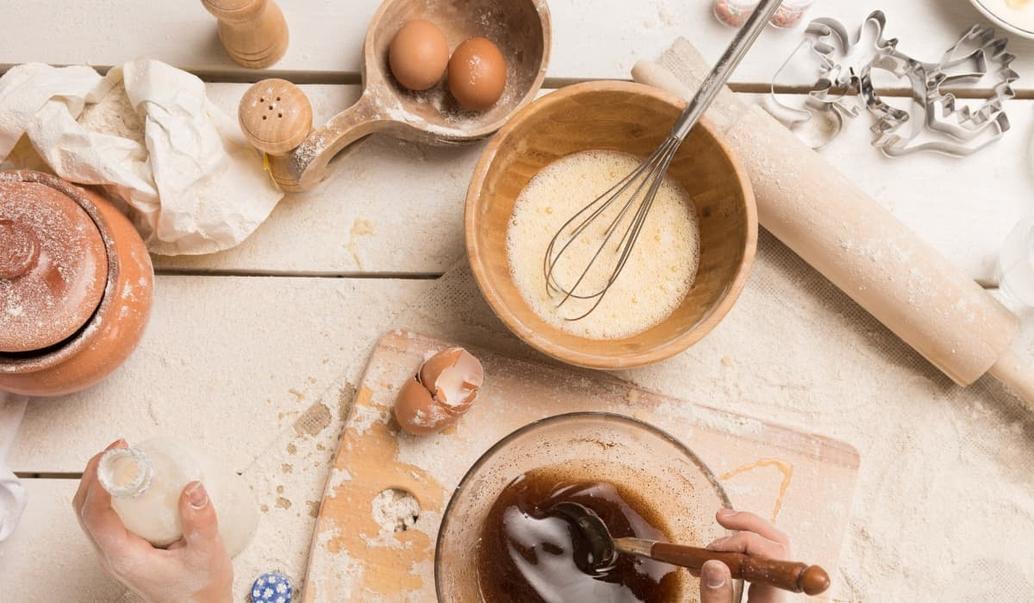
The tiny gas bubbles aren’t just for show; they’re the unsung heroes physically removing stains. Think of them as little scrubbers at the microscopic level, dislodging the sticky, dried blood particles by flaking them off the fabric’s surface. This mechanical effect, paired with the acid-base neutralization, makes stubborn stains less intimidating.
But remember, the fizziness stops once the reaction expires, so timing matters. Acting quick keeps the bubbles working hard.
Finishing Touch: When to Bring in the Big Guns
Sometimes, even the best homemade mixtures only get stains 90% out. That last stubborn bit can be lightened further with hydrogen peroxide.
Hydrogen peroxide works by breaking down the pigment in the stain, rendering it essentially invisible rather than removing it physically. So after your baking soda and lemon juice battle, a gentle splash of hydrogen peroxide seals the deal by bleaching out that last trace, especially for blood stains.
Bonus Tips for Maximum Cleaning Power
- Mix baking soda and lemon juice fresh before applying to create the frothy bubbles needed.
- Apply the paste directly on the stain and let it work for 5 to 10 minutes.
- Always test on a small hidden area first to avoid damage to delicate fabrics.
- After the reaction fizzles, rinse thoroughly or wash as usual.
- Follow up with hydrogen peroxide if the stain persists, especially on white or colorfast fabrics.
Could There Be Better Alternatives?

If you want the stain gone without the science show, commercial stain removers or enzyme-based cleaners often work faster because they target proteins, oils, or dyes directly. Yet, the baking soda and lemon juice combo remains beloved for its natural appeal and safe home use.
Think of it as a gentle introduction to stain removal chemistry—safe enough for kids’ clothes, smart enough for tough jobs, and refreshing because you know exactly what you’re applying.
Have You Tried This at Home?
It’s a neat experiment for anyone curious about chemistry. Imagine the bubbly foam on a stubborn stain as tiny soldiers breaking down the enemy lines. You feel involved, and the household chore suddenly becomes an entertaining task.
Plus, when your stain lifts and your fabric looks fresh, you get to brag about your natural cleaning hack—impress friends with science, not just elbow grease.
Wrapping Up
So, why is baking soda and lemon juice good at removing stains? Because their combined chemical reaction neutralizes acid, produces gas bubbles that physically lift stains, and naturally lightens stubborn discoloration. The safe, accessible ingredients encourage many to try this method. Although it might not outperform sparkling water or commercial cleaners by a large margin, the mechanical action of the fizz and acid-base interaction makes it a popular, reliable home remedy.
For those persistent stains, follow up with hydrogen peroxide to fade the color completely. And there you have it—science, safety, and a little bit of sudsy fun. Who said stain removal can’t be exciting?
Why does mixing baking soda and lemon juice help remove stains?
The mix creates a gas-producing reaction. This gas helps lift and loosen stain particles from fabrics, enabling easier removal by breaking them free from fibers.
How does neutralizing acidity affect stain removal?
Baking soda neutralizes the acidic parts of stains, like blood, while lemon juice helps lighten stain color. This combination targets both the chemistry and appearance of stains.
Is the foaming reaction essential for removing stains?
The foam signals gas formation, which provides mechanical action. This action flakes off coagulated stain particles, improving stain removal effectiveness.
Does this method work better than using sparkling water?
It does not work significantly better than sparkling water. Its popularity comes from being safe and the visible foaming that suggests effective cleaning.
What can be done if stains remain after using baking soda and lemon juice?
Applying hydrogen peroxide can help. It renders remaining stain colors invisible, making final stain removal more complete after the initial treatment.


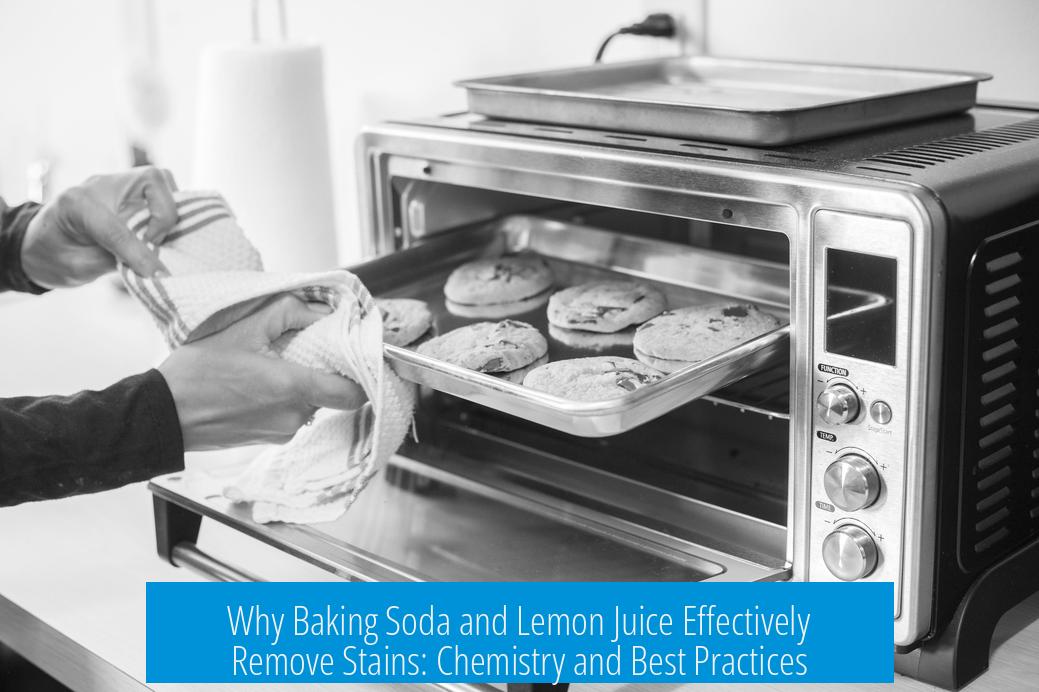
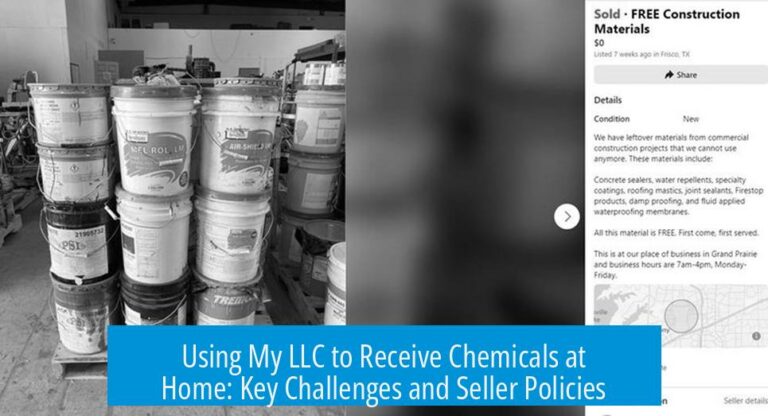
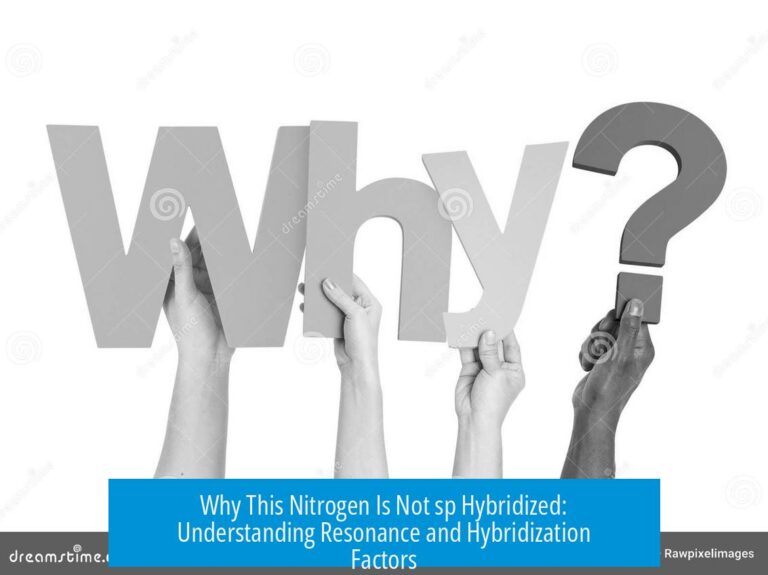
Leave a Comment